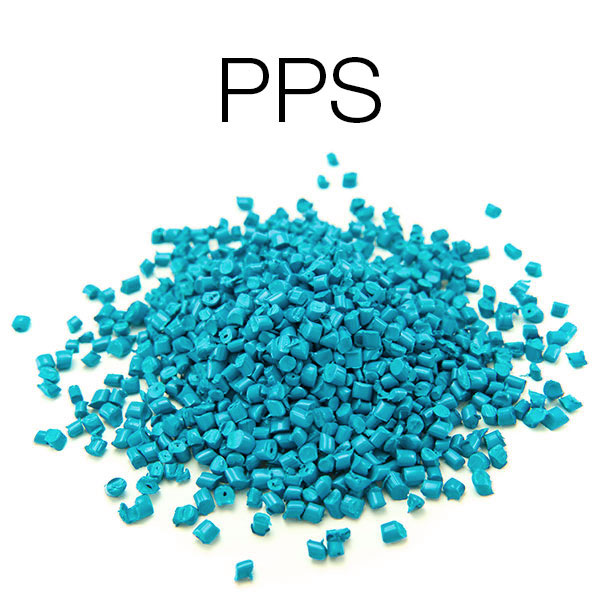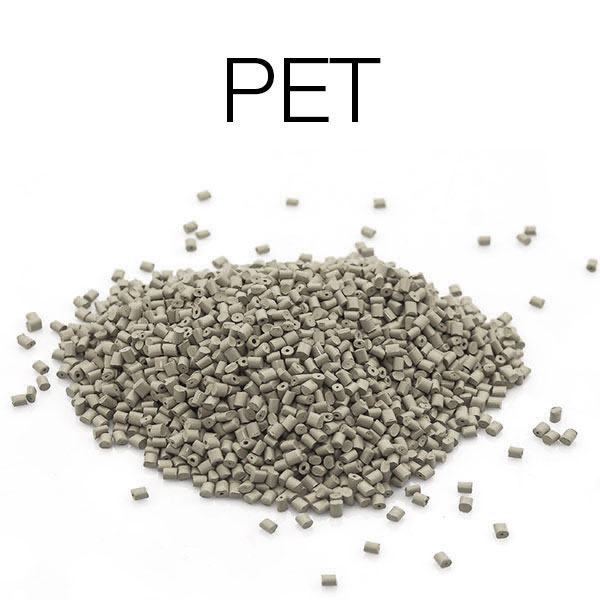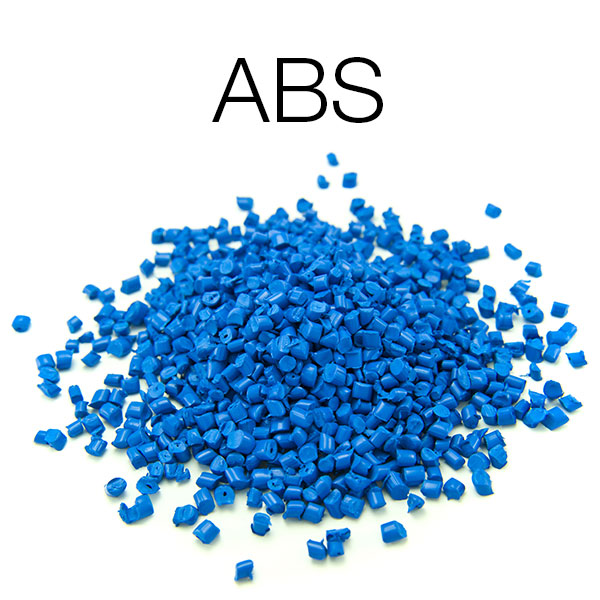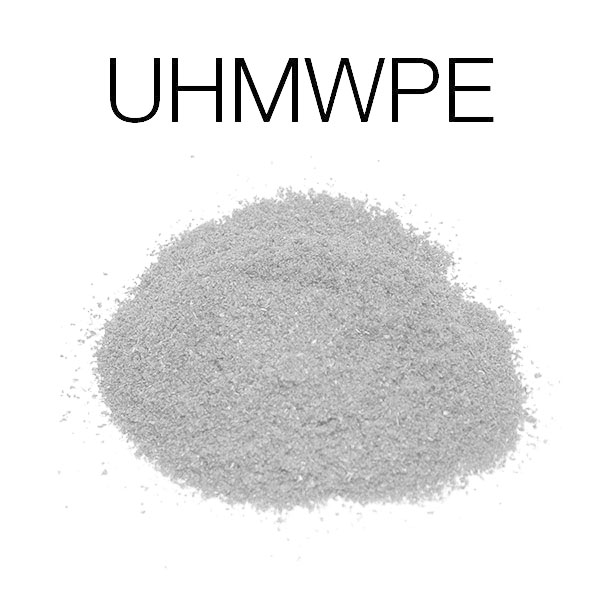Polyphenylene sulphide (PPS) is a semi-crystalline plastic characterized by very high heat resistance, high chemical resistance & stiffness, and extremely low setting behavior during climate changes. Fiberglass, as well as carbon and aramid fibers, are primarily used to reinforce PPS. Calcium carbonate, calcium sulfate, kaolin, mica, talc, or quartz are all used as fillers. Filling levels of up to 70 mass percent are possible.
Characteristic features:
High temperature resistance
Good chemical resistance, stiffness, strength
Good creep resistance at higher temperatures
Applications:
The products are widely used to replace conventional technical
materials, such as metals, thermosets, and ceramic materials in a wide range of
applications (automotive, construction, electrical & electronic components, consumer
& household appliances).










